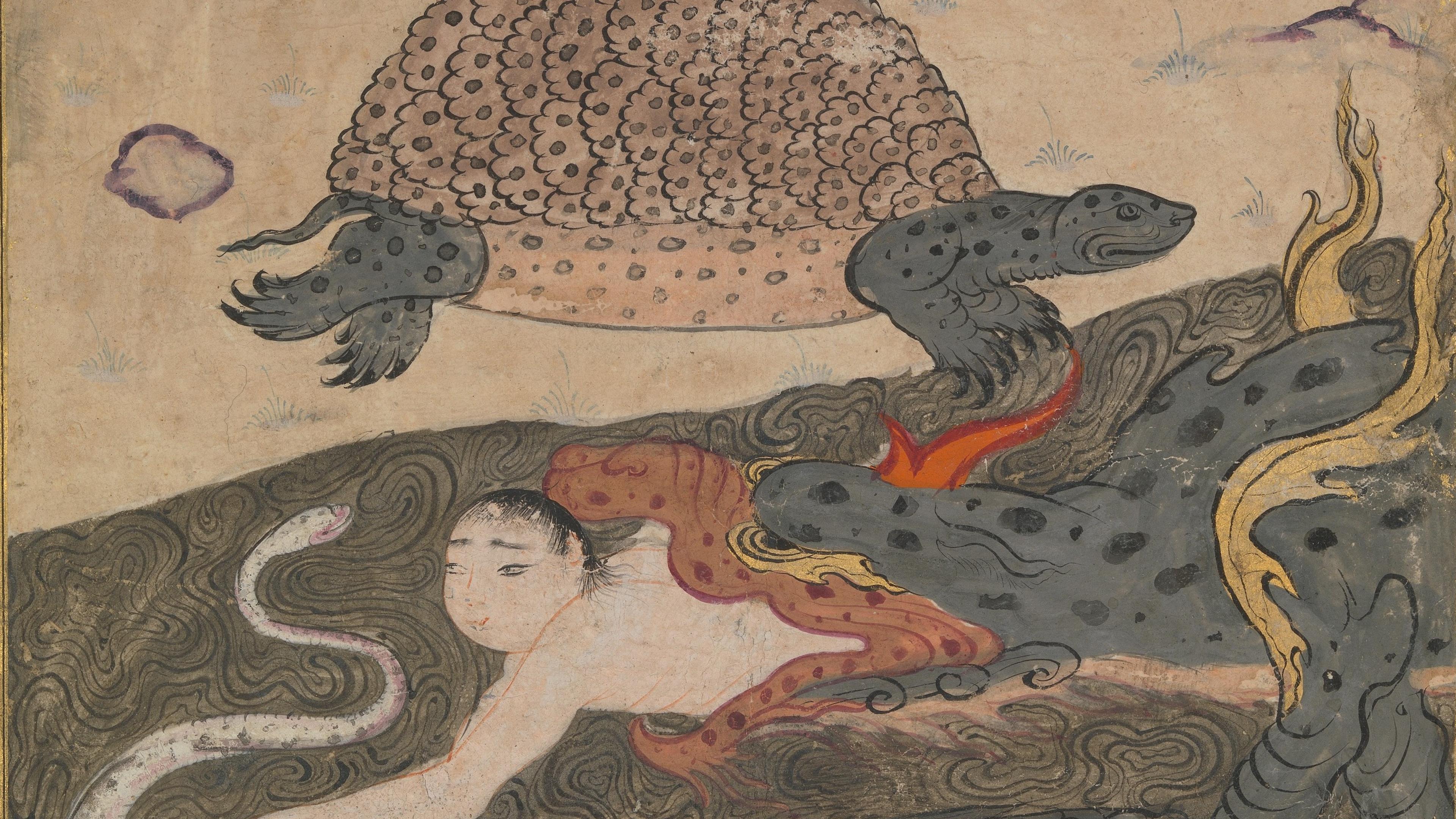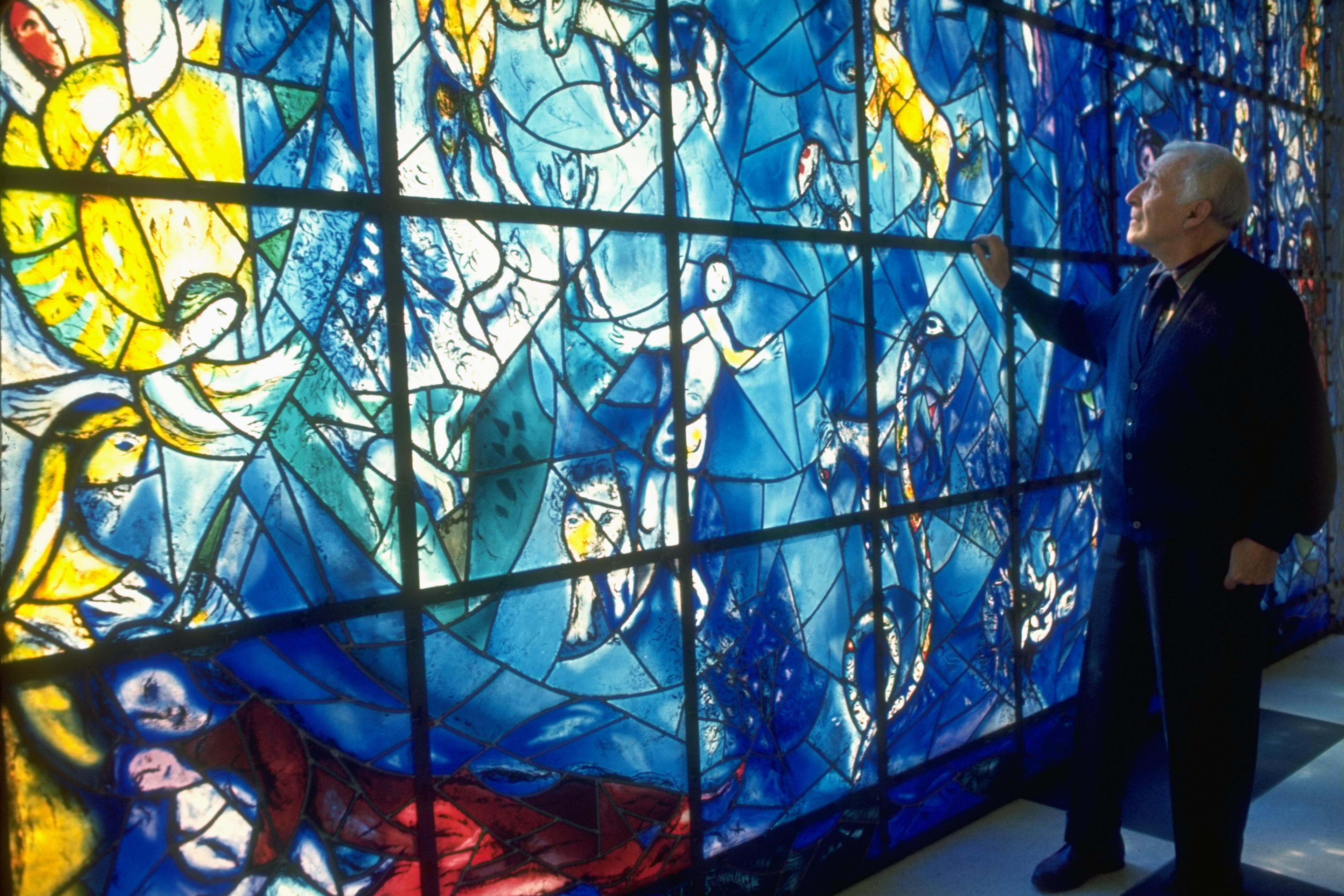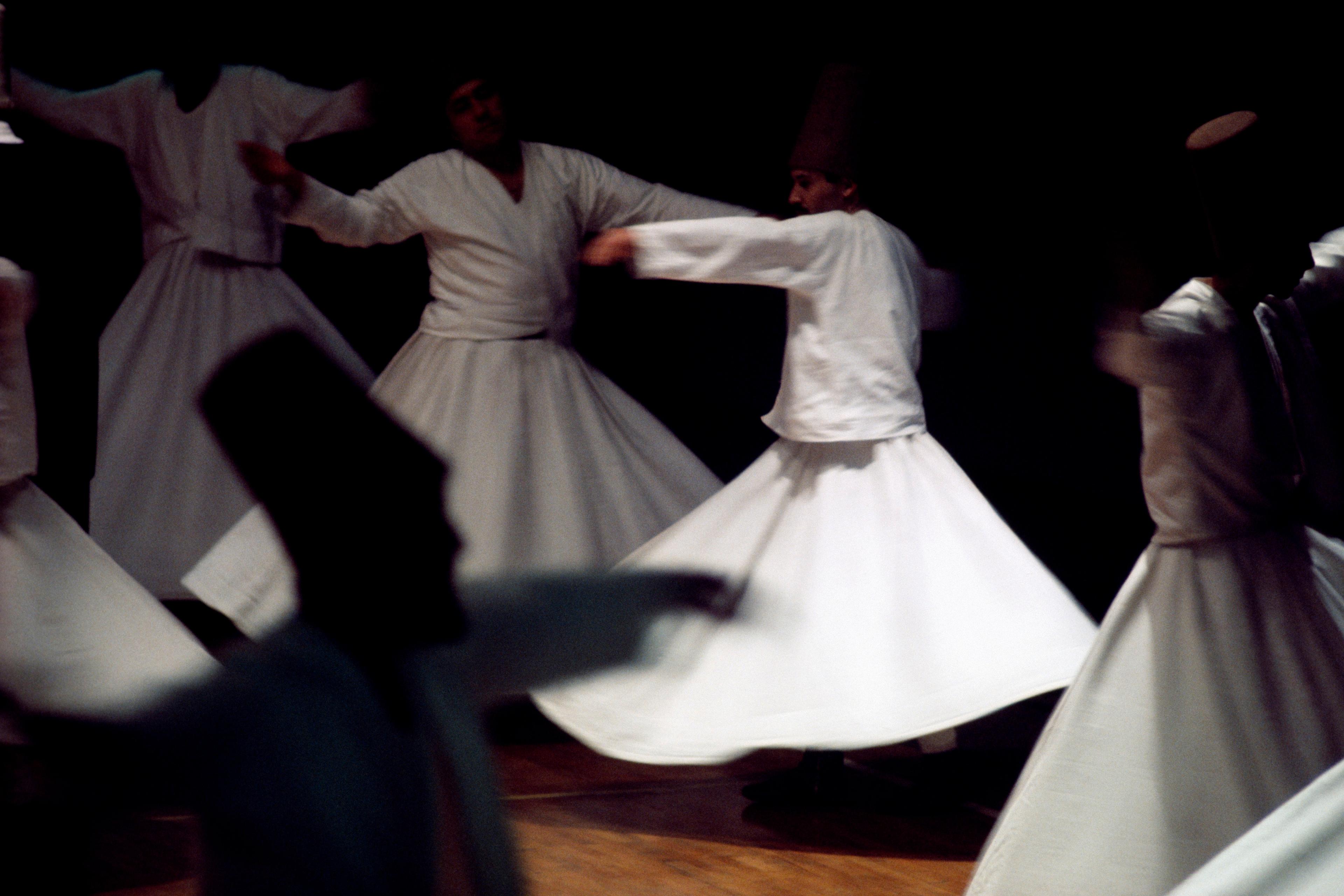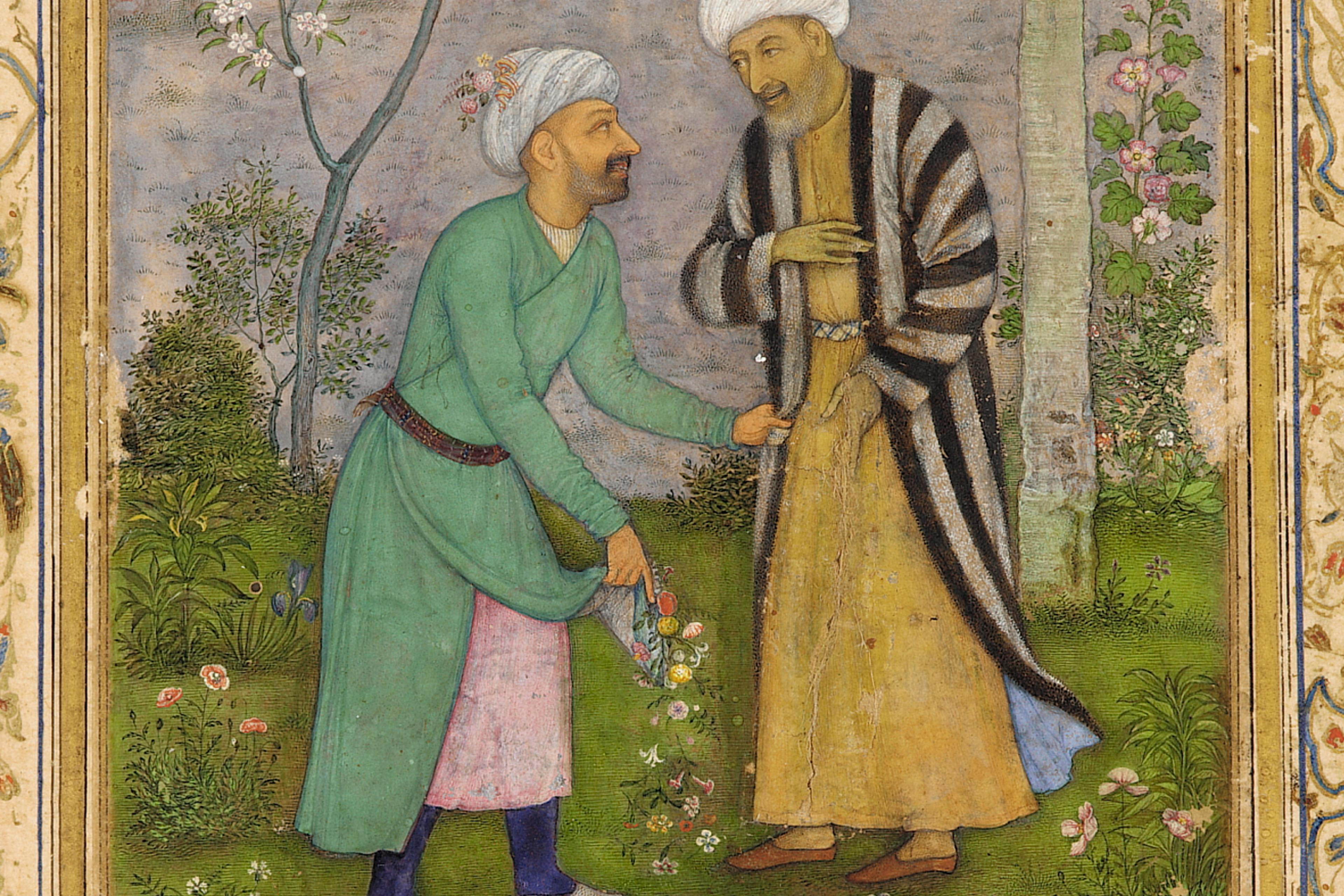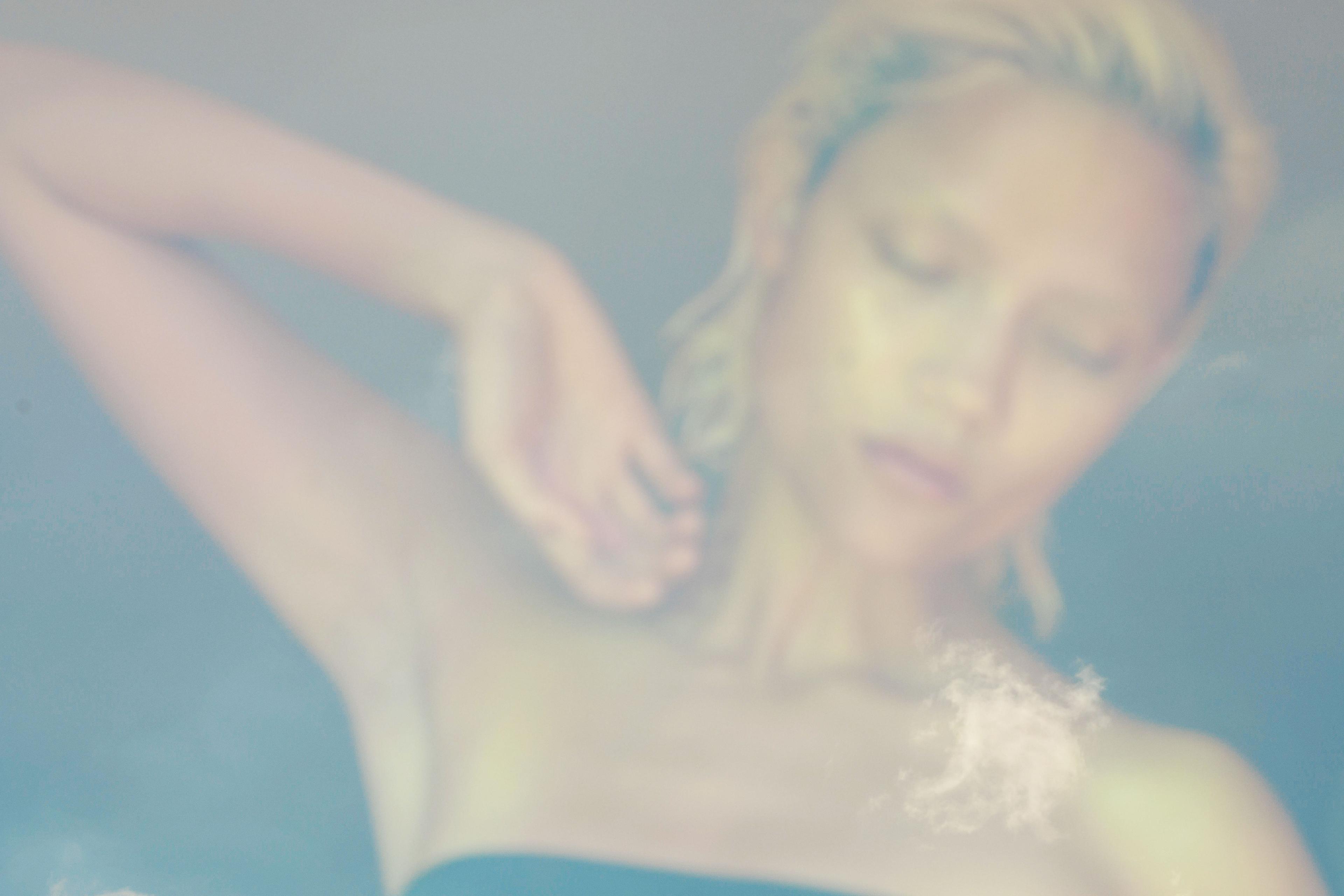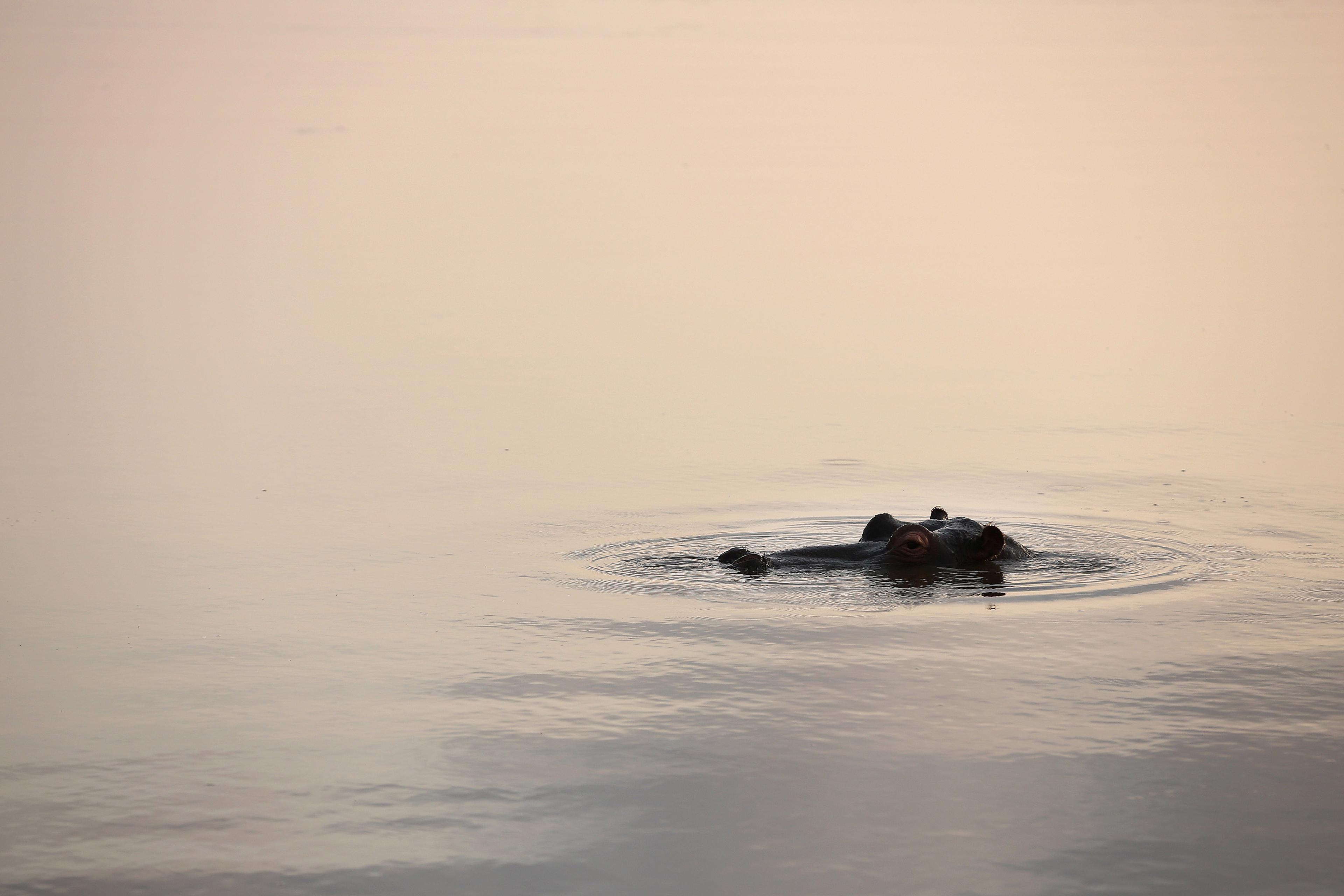In a poem in praise of the Abbasid caliph al-Mutawakkil, who ruled from 847 to 861 CE, the 9th-century Arab poet al-Buhturi addresses him saying:
طلعتَ لهم وقتَ الشروقِ فعاينوا سنا الشمسِ من أُفْقٍ ووجهَك من افْقِ
وما عاينوا شمسينِ قبلَهُما التقى ضياؤهما وَفقاً من الغرب والشرق
You appeared to them at dawn so that they saw
the rays of the sun from one horizon and your face from another
Never before had they seen two suns
whose lights met in concord from west and east
Al-Buhturi makes a move in these lines typical of the poetry of his time by taking a metaphor literally and building a second image on it as if it were true. In this case, he makes believe that the metaphor of the caliph as a radiant sun is literally true, leading to the image of two suns in the sky, rising from east and west. Speaking of these verses, the 11th-century literary theorist, ʿAbd al-Qahir al-Jurjani, explained that al-Buhturi sought to bring listeners to a state of wonder by making them ‘see’ something never seen before. This extraordinary sight of two suns in the sky is only possible, however, because the poet ‘tricks’ listeners into momentarily accepting the illusion that the caliph is a real sun. The pleasure that arises from this ‘trickery’ results from the unexpectedness and novelty of the resulting image, filling one with wonder.
The evocation of wonder was the main goal of classical Arabic poetry according to classical Arabic literary theorists, such as al-Jurjani. Wonder is this unique experience that is located on the cusp between ignorance and knowledge. It is a response to the unknown, unexpected and unfamiliar that spurs one into a search for and discovery of knowledge. In this sense, wonder is the foundation of philosophical, scientific and metaphysical enquiry. It is due to wonder that human beings began to philosophise, as Aristotle declared in his Metaphysics. In the medieval Islamic world, everything on Earth was a wonder to be contemplated as a way of getting closer to knowing God. The only reason we are not constantly in awe is that ‘wonder fades … as a result of familiarity and frequent observation’, as the 13th-century author Zakariyya al-Qazwini insisted in his encyclopaedic work called The Wonders of Creation.
Familiarity can be defamiliarised, however, through a concerted effort to pay attention to an object, observe it as if for the first time, and contemplate it, as al-Qazwini urged his readers to do. Defamiliarisation can also happen through language. Language can reproduce an experience of discovery and wonder by artificially creating the conditions that lead to wonder: that is, language can render the familiar strange, obscure and unexpected, only for it to be discovered anew, as in the verses by al-Buhturi above. Medieval scholars developed sophisticated theories about what produces these conditions in language that explain the resulting experience of wonder in the listener.
One of the main thinkers to develop this aesthetic theory of wonder was the aforementioned al-Jurjani. In a work entitled The Secrets of Eloquence (which has yet to be translated into English, although a German translation does exist), al-Jurjani observed that ‘[t]he pleasure of the soul is based on being lifted from the hidden to the visible, being presented with the plain after the enigmatic, being moved from the known to the better and more intimately known’. The function of poetic language, in turn, is to create the conditions for the soul to be ‘lifted from the hidden to the visible’. As a result, poetic language should obscure and estrange meaning in order for a discovery to be possible. The final result is not necessarily new content, although that is certainly not precluded, but it is seeing old content in a new light, arriving at it through a new path.
The more effort is required to grasp meaning, the more rewarding is the result. ‘It is human nature,’ al-Jurjani observed, ‘that if something is gained after searching, effort, and yearning, its attainment is more beautiful and pleasurable.’ One way of prolonging the search is by adding detail. Consider the following verses by two pre-Islamic Arab poets, comparing their sword and spear to a flame:
يُتَابِعُ لا يَبْتغِي غَيْرَهُ بأَبْيَضَ كَالقَبَسِ المُلْتَهِبْ
He persists, seeking no one but him
with a white [sword] like a blazing flame
– ʿAntara ibn Shaddad
And,
جَمَعْتُ رُدَيْنِيّاً كَأَنَّ سِنَانَهُ سَنَا لَهَبٍ لم يَتَّصِلْ بدُخَانِ
I grabbed a well-straightened [spear], whose arrowhead was like
the blaze of a flame untouched by smoke
– Imruʾ al-Qays
Al-Jurjani prefered Imru’ al-Qays’s simile because it has the added detail that the flame is ‘untouched by smoke’. This detail invites us to linger and wonder why the simile is limited to the flame alone and to search in our imagination for the unusual image of a flame without smoke. The more an expression forces one to ‘stop, remember, contemplate, and slow down’, al-Jurjani reasoned, the more beautiful it is.
As can already be seen from these few examples, the poetic units that al-Jurjani and other medieval critics theorised were not narrative elements related to plot and character, as in Aristotle’s Poetics, for example. Rather, they focused on poetic devices and syntax to forge their theory of wonder. Figures such as simile and metaphor, for example, are, by definition, more beautiful than communicating the same idea directly or explicitly, because their structures inherently produce the conditions for searching and discovery. In a simile, the reader must deduce the implied similarity between the two things compared. The less obvious the comparison, the better. Expressing something figuratively, allusively or implicitly also requires the reader to reason in order to grasp the intended meaning. Here again, the more steps in reasoning are required to grasp the meaning, the more pleasurable is the ultimate discovery of this meaning, our medieval authors theorised.
The late 12th- to early 13th-century theorist al-Sakkaki commended the following anonymous verse particularly for the many steps of reasoning it requires to arrive at the intended meaning:
ومَا يَكُ فِيَّ مِنْ عَيْبٍ فَإني جَبَانُ الكَلْبِ مَهْزُوْلُ الفَصِيلِ
There is no fault in me, for I am one with
a cowardly dog and an emaciated baby camel
What on Earth could a cowardly dog and an emaciated camel say about a person, one might ask? Al-Sakkaki explains: having a cowardly dog implies that it is one that does not bark at oncoming strangers. This implies that the dog is accustomed to seeing strangers descend on his owner’s house. This, in turn, implies that the dog’s owner, ie, the speaker/poet, is known for his hospitality, which is the ultimate meaning that the poet sought to convey. Having an emaciated baby camel leads to a similar conclusion. Its emaciation implies that its mother has been slaughtered (for food), indicating the length to which the owner is willing to go for the sake of his guests. (Generosity was always a highly regarded trait in Arabic culture.)
The aesthetic object, whether it is in nature or made through linguistic expression, induces in the perceiver a cognitive process of reasoning and deduction, which results in the pleasures of discovery. This quest in nature results in the discovery of physical or metaphysical truths. In the literary arts, it is a make-believe kind of discovery, which simulates the real experience. It is not surprising, therefore, that when the philosophers of the Islamic world inherited a classification from late antiquity of Aristotle’s Poetics as part of his books on logic in the Organon, it made perfect sense in an Arabic-Islamic culture to count poetry as part of the logical science. The poetic is a kind of syllogism – be it make-believe – that the listener must deduce.
